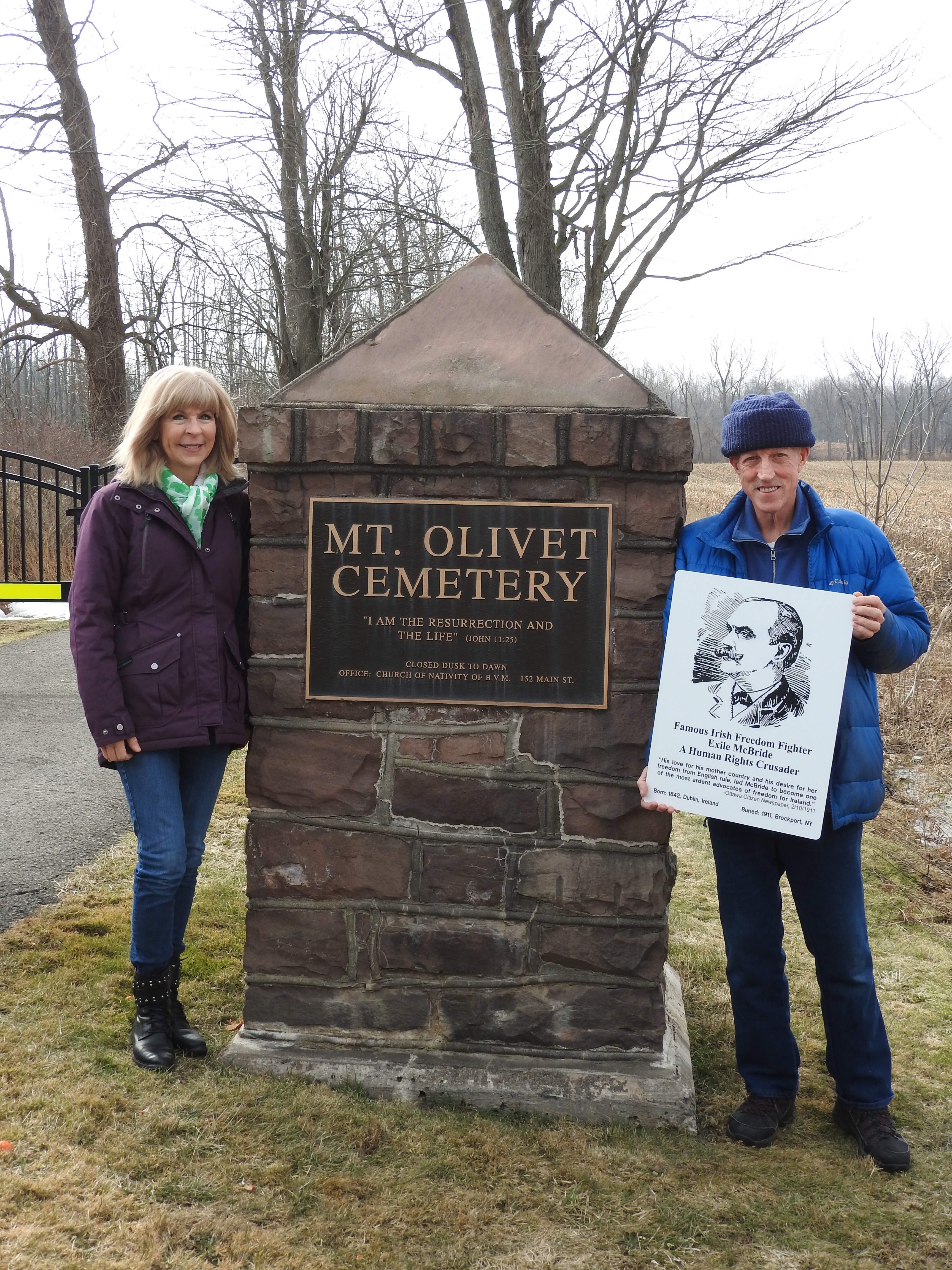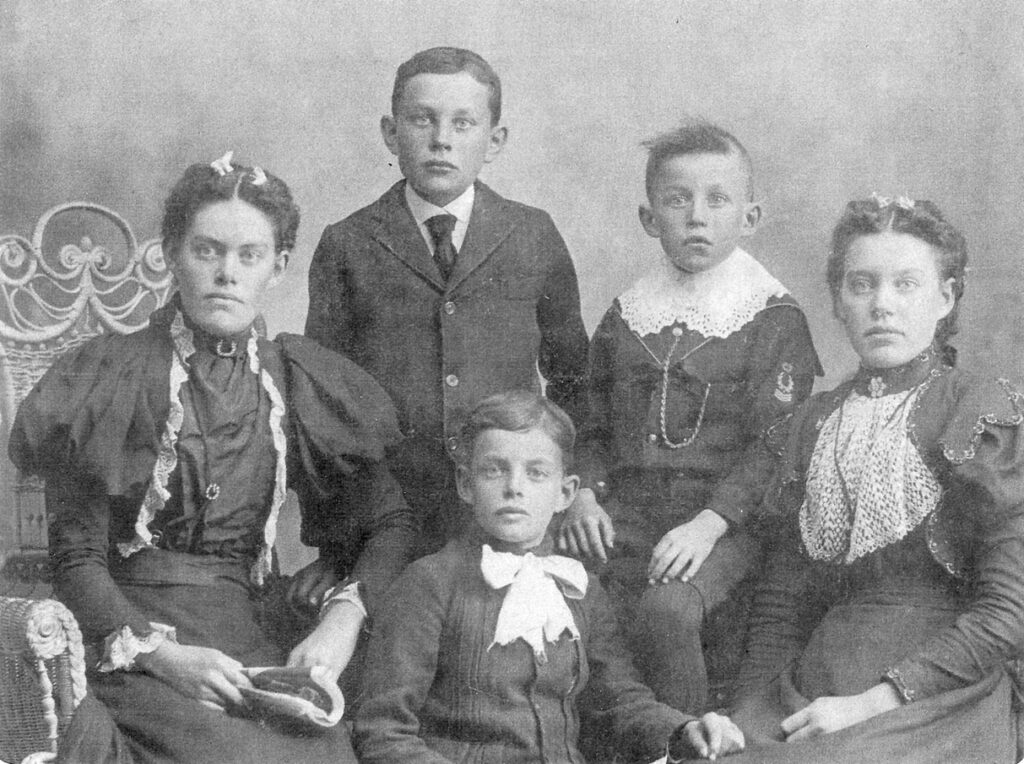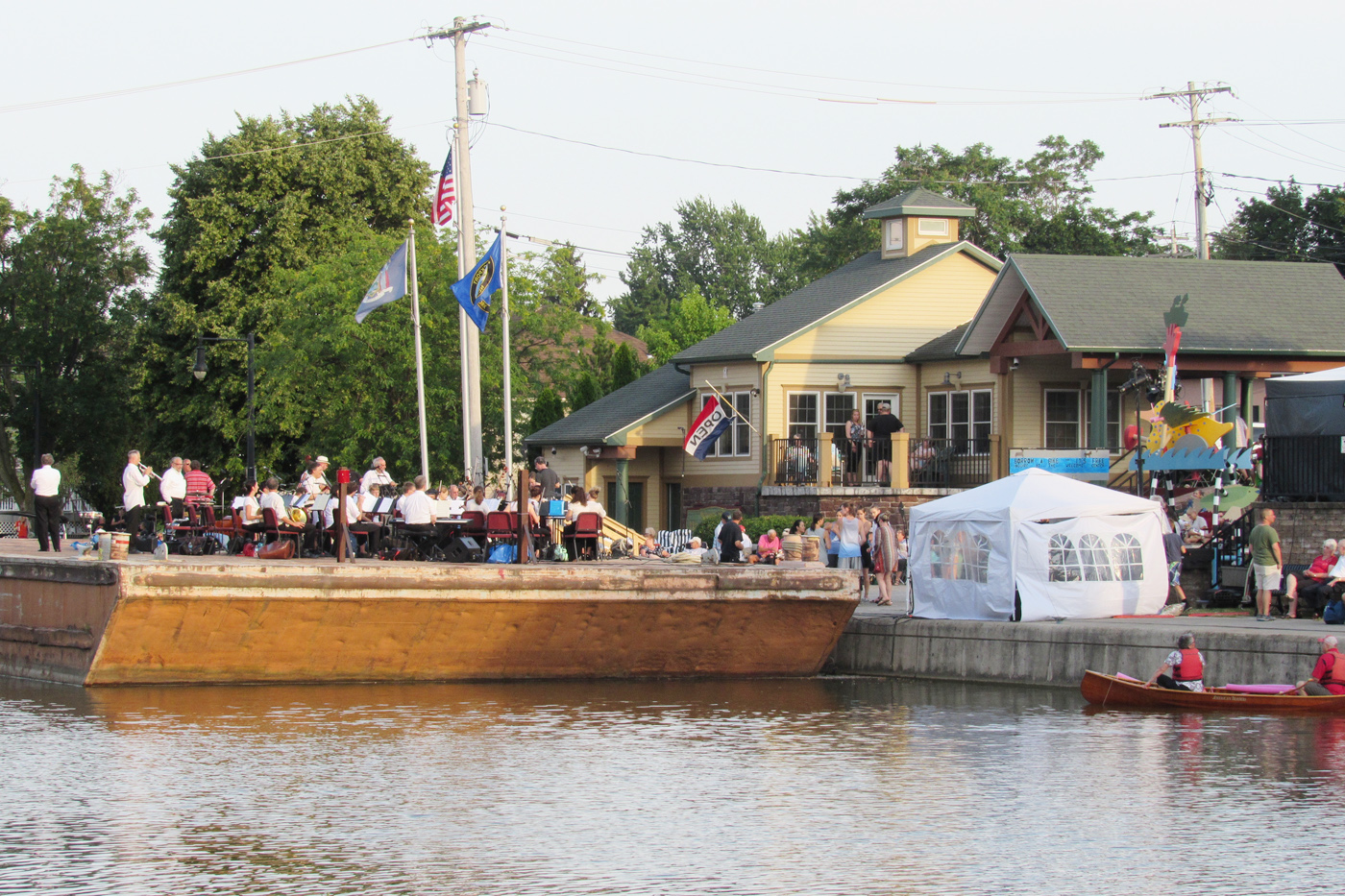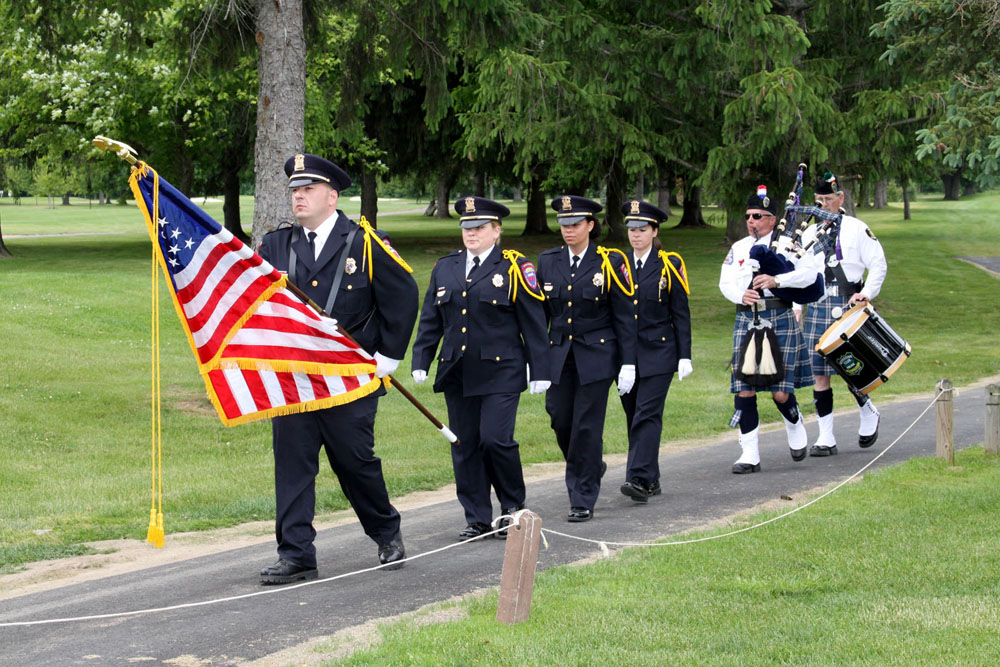Ancestral Pot of Gold Found

Ancestral Pot of Gold found as grave of human rights crusader discovered in Brockport
Mike McBride, of Rochester, fully embraces his Irish heritage. So much so that in the pre-COVID era, he could often be found in costume as Eddy the Leprechaun, volunteering his time to entertain seniors in nursing homes and collecting donations for charitable causes with his “pot of gold” outside of bars and restaurants. When Mike began researching his ancestry, he never imagined what he would find and the journey it would take him on.
Through his research, Mike discovered a previously unknown great uncle who was a world-famous Irish Freedom Fighter, John Joseph “Exile” McBride. An online search of newspaper archives from 1870 to 1911, turned up over 1,000 articles from across the United States about the storied character who fled Ireland in 1862, at just 19 years old. While caught helping to plan a rebellion against British tyranny, the teen escaped and fled first to France before securing transit to America. He arrived in New York City and then traveled along the Erie Canal, stopping in Brockport.
In Brockport, he became involved with the new field of photography. Capturing and selling various images, he was able to save enough money to bring his parents, Matthew and Jane King McBride, and four siblings – Stephen, Patrick, James, and Mary – to America three years later.
In 1866, Exile went to Buffalo to join the Fenians, a secret society of Irish patriots who had emigrated from Ireland to the United States. In the historic Battle of Ridgeway, the Fenians attempted to take Canadian territory by force. Since it was part of the British Commonwealth, they had hoped to return the conquered land, when England gave Ireland its independence. The Fenian invasion proved unsuccessful and Exile was captured and imprisoned in Canada. Bishop John Timon, the first Roman Catholic Bishop of Buffalo, and Congressman Bass helped secure his release.
Undeterred, Exile spent the next 40 years of his life passionately traveling throughout the United States, at his own expense, speaking out against British oppression in his homeland. He addressed Congress and the National Conference of Catholic Bishops, met with numerous mayors, senators, governors, and four United States presidents – Benjamin Harrison, Grover Cleveland, William McKinley, and Theodore Roosevelt – building support for Irish independence. On his travels, he would also circulate petitions and gather massive numbers of signatures.
Acting like an ambassador, on three occasions, Exile sailed to England and met personally with Prime Minister William Gladstone, delivering the petitions signed by tens of thousands of America’s most prominent and powerful citizens. In negotiation efforts, the two developed a rapport, and on his last visit, Exile stayed a week as a guest at Hawarden Castle. Gladstone came to support Home Rule for Ireland and used Exile’s petitions as part of his campaign, but the proposal was defeated in the House of Commons.
For over 25 years, Exile promoted his cause as a popular contributor to numerous newspapers. He wrote inspirational columns covering such topics as the importance of having a democracy – where every citizen has freedom, independence, and liberty. He considered these to be essential, God-given rights, which every human being deserved.
According to Mike, Exile marveled at the Declaration of Independence. “Over 100 years earlier, the United States also had a serious problem with British tyranny and boldly declared its independence. He was also most appreciative of American civil rights, having lived in British-oppressed Ireland. Some of their laws prohibited freedom to own land, freedom of speech, freedom to vote, freedom to worship, freedom to peaceful protest, freedom to have a trial, etc.”
Interestingly, Exile became a well-known fixture in Washington, D.C., during presidential inaugural parades. Starting in 1865 with Abraham Lincoln’s inaugural, Exile was assigned to walk directly behind the newly-elected president who rode in a horse-drawn carriage.
Exile’s death in February 1911 made national news, including the New York Times and Boston Globe. The Buffalo Commercial said, “McBride was a picturesque figure and familiar to most who frequented the downtown districts…Few characters were more widely known in Buffalo than Mr. McBride. He was also widely known throughout the country.” Exile’s funeral was held at St. Joseph Cathedral in Buffalo and, according to reports, was very well attended.
While Exile lived in Buffalo, he considered Brockport his hometown. His siblings remained in the area. His brother Stephen, Mike’s great grandfather, resided on Clinton Street. His mother Jane and brother James lived in Adams Basin, and his sister, Mrs. John (Mary) Carney, in Clarkson. Exile owned property at 10A Salmon Creek Road where he would spend much of his summers. He also helped his elderly, widowed mother with her farm.
After his funeral in Buffalo, Exile’s body was returned to his brother Stephen’s home in Brockport. Several articles stated that Exile was given a second funeral at the Church of the Nativity and was buried at Mt. Olivet Cemetery.
Mike said he was thrilled and humbled to learn Exile McBride was his great uncle. “Also amazing was the fact that I lived in nearby Rochester, and it was only a 20-minute drive to Mt. Olivet Cemetery. I eagerly planned to visit Exile’s gravesite and then search through his cemetery records at the Church of the Nativity.”
Given Exile’s notoriety, Mike said he went to Brockport expecting to find a big bronze statue of his famous ancestor. “I was shocked to discover that there was nothing in Brockport showing that he ever existed!” If there ever was a headstone, perhaps it had been lost to time and the elements. Neither the church nor the cemetery had any record of him. It was incomprehensible. How could there be no trace of someone who was so famous in life?
Mike continued to search, hoping that with a little “Luck of the Irish,” he would be able to solve the mystery. He put out pleas for information, both online and in an advertisement in Westside News. Since all of Exile’s family lived in this area, he thought someone, somewhere, might know something.
With a bit of perseverance, Mike was able to obtain a copy of Exile’s death certificate, which confirmed that he was, in fact, buried in Brockport.
The Church of the Nativity did manage to find some badly yellowed and faded records indicating that Exile was buried in Section H of Mt. Olivet Cemetery. The burial record entry, made one day after Exile’s death, partially states, “Sold 1 grave to Estate of John McBride, ‘Exile of Erin,’ on February 10th, 1911.” The discovery was made thanks to the help of Father Joe McCaffrey, Pamela Gardner, and John Toal. While searching they also discovered that Exile’s mother was buried in the same section of the cemetery in 1901.
Exile’s life story reads like an adventure novel, and with the treasure trove of information he has discovered, Mike is now working on writing a biography. “Exile McBride dedicated his entire life as a human rights crusader, promoting the universal message that every human being was entitled to inalienable, God-given rights, such as life, liberty, independence, and freedom,” Mike said. “Exile has now been dead – and until recently forgotten about – for 110 years. However, his noble cause is certainly very much alive and relevant today.”
This St. Patrick’s Day, the McBride family will be celebrating their recent discovery of this Ancestral Pot of Gold. If anyone has additional information, email Mike at rocksham1@yahoo.com.
“His love for his mother country and his desire for her freedom from English rule, led McBride to become one of the most ardent advocates of freedom for Ireland.”
– Ottawa Citizen Newspaper
February 10, 1911





